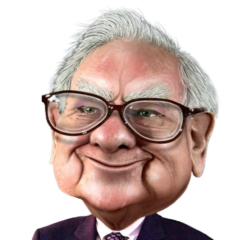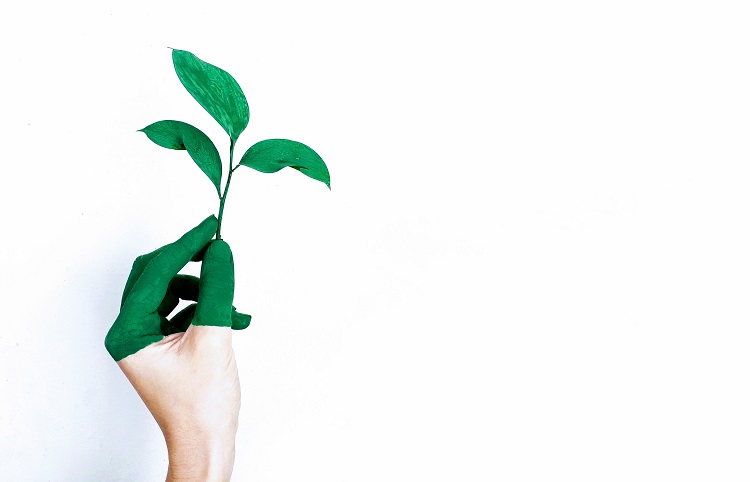We go shopping every once in a while and usually buy things we need and use. But then we also tend to buy things that we never had any reason to buy. Take me for example. I went with my mom to a mall to shop for something that I needed but then I came across this very cute, adorable and fluffy toy that I instantly fell in love with. It cost about 30 dollars. And I bought it with the allowance I get from helping my dad in whatever he needs help with. So far so good.
It’s been a little while since I’ve had that toy and I don’t love it anymore. It’s lying somewhere unloved and uncared for in my home. And we know the problem with fluffy toys. They collect dust. And dust means allergies. Plus spiders love to build their homes in it. Or on it. And I am terrified of spiders. So those are some very good reasons I should have thought twice before splurging my cash on that toy. Or any toy that I know I would throw away in a very short time.
Buying stuff we don’t need is one thing but what happens over time when we keep on buying things? It creates clutter in our homes. And no one likes clutter, especially my mom. So what does she do? She goes around the house and collects all the things that I don’t use anymore. She throws away the toys that are falling apart and donates the rest. But a lot of the toys eventually end up in trash. And since most of what we buy is made from harmful chemicals, the stuff that ends up in trash will remain on our planet for many, many centuries. If that toy ever ends up in the ocean, an animal could think it was food and eat it. It could die. So all bad.
The toy of course was not free. It cost a lot of money. My money. Plus my dad usually doubles the amount what I don’t spend and instead deposit in my savings account. So that toy actually cost me 60 dollars.
But could I have done something better. Like invest that money? By that I mean buying shares in a company that is in the business of making our world better. What if that investment earned 10% a year? What would that 60 dollars be in say a decade? 155 dollars. How did I know that? My sister wrote about this thing called the Rule of 72 and that’s how I found out. And it’s all about COMPOUND INTEREST where money makes money on money and that money makes more money on money. If you’re wondering how compound interest works, the formula below is one easy way to understand. That formula,
FV = PV (1+r)^t
where,
FV is the future value
PV is the present value
r is the rate of return
And t is the time in years.
So in this scenario, if we plug $60 for PV, 10 years for t because a decade is ten years, and 0.1 for r, we get about $155 for the FV.
Here’s an easier way to understand. Let’s say I have a hundred dollars and I didn’t know what to do with it so I invested it in my savings account that earns 10%. One year later, I look at my account and I have 110 dollars. All I did was leave my money there and it became ten dollars more. That’s because I earned interest. And if I leave that money invested, another year from now, I will have $121. Not $120. That is a dollar more and that is because of compound interest.
That 60 dollars that I in a way spent on that toy, guess how much would it grow to in 50 years at 10% a year? How about 7,000 dollars. Really. And that is a lot of money to spend on a toy that I hardly played with.
So these are some of the reasons why we shouldn’t be buying things we don’t need.
Thank you for reading. I’ll write more.
Cover image credit: Alena Koval

